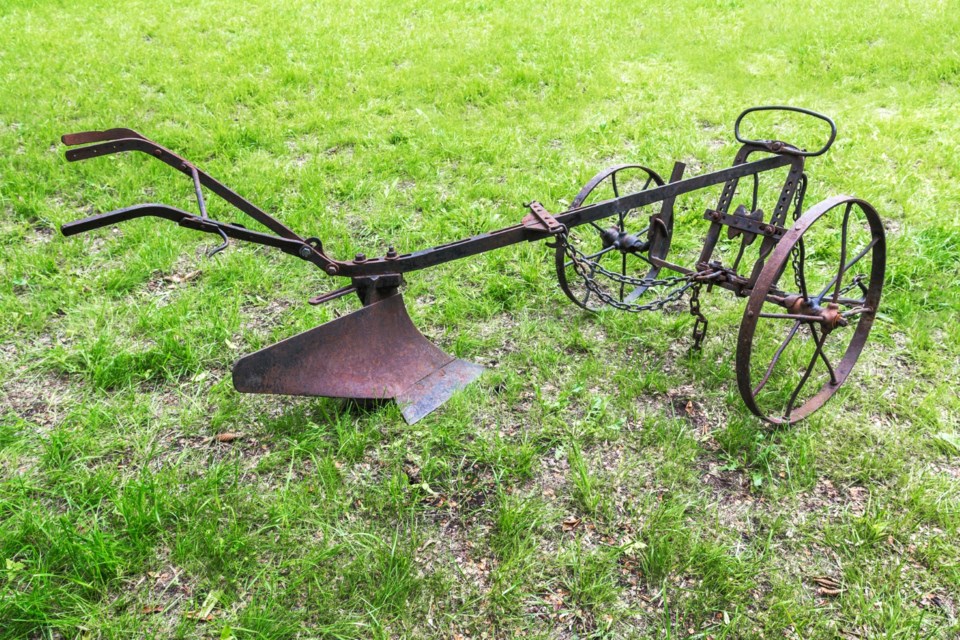The home plate in baseball is 17 inches wide.
I listened to a presentation by the University of Saskatchewan agricultural economist Richard Gray at the end of March. In his submission, he suggested there was an error in greenhouse gas emission accounting. Kevin Hursh mentioned this in his column on page 11 of the April 6 issue.
Gray hypothesized that the accounting does not account for the carbon dioxide withdrawn from the atmosphere, converted to energy, stored in a kernel of grain, and exported to a user. The farm does not get credit for that exported carbon.
Industry champions support his hypothesis. I hear words like “rewarded,” and that past practices should be in the reward mix and the United Nations’ Intergovernmental Panel on Climate Change coefficients are wrong.
But the IPCC protocols for reporting emissions do address this energy transport. The accounting for respiratory emissions is on a worldwide scale. Their protocol is slightly less than a one-to-one debit and credit.
When used for business purposes, the conversion of carbon dioxide by the plant into permanent soil organic matter is a credit given. The rest is catch and release and is a time and transport issue, like breathing in, moving across the road and breathing out.
The debate on rewarding past practices also has a boundary issue.
The past reward boundary might need to start at that first farm business breaking the 5,000-year-old deep-rooted grasslands. Once broken, the stored organic material was lost, and today’s practices are not near returning to that 5,000-year-old stored carbon benchmark.
My experience is that farm records and auditable data erode and degrade the further you go back in time. It is particularly true when the farm data was not written down in the first place. Therefore, the backward calculation from secondary sources is not sufficient. Besides, it is not good practice to recreate a farm receipt when none existed before.
My experience is also locational. A series of papers and research sites saying sequestration levels are improving does not translate into a particular parcel making an emission claim. The IPCC says the sequestration needs to be permanent. For that farm parcel, each year must be better than last year. Each owner must be better than the previous. The continuous improvement must be sufficient to account for detrimental changes to moisture.
The buffer also must be adequate to counter a change in management and their choices to reverse the sequestration. Without that context, this kernel presented to policymakers in positioning agriculture is dead before planting.
Gray’s hypothesis does play into the reward debate.
The primary agricultural sector in Canada emits 70 million tonnes of CO2 equivalent, with 55 percent of those tonnes being fossil-fuel based. After sequestration, this net amount is 60 million tonnes for 2020.
The sector is exempt from the costs of reporting emissions, and 97 percent of the emissions are exempt from paying a levy on the greenhouse gas emissions the business generates. There is a tax rebate available on the farm fuel purchased. In some provinces, the farm business owners get a quarterly cheque based on the total greenhouse gas emission levy collected in their province. Finally, public purse transfers assist a farm in trying new management and technology practices that may have emission reduction potential.
Farm sector investment in protocols to capture carbon market revenue is the only reward not yet achieved.
Gray’s hypothesis only had a credit argument. Good accounting requires a debt to balance a credit. If the policy is not balanced, the final release of carbon dioxide must be accounted for. The reward needs a funder.
The IPCC has shut this door. The plate is 17 inches wide. This pitch is wide.
Graham Gilchrist is the chief executive officer of Biological Carbon Canada in Leduc, Alta. He is a professional agrologist and worked to set up the Carbon Offset Trade Association.

